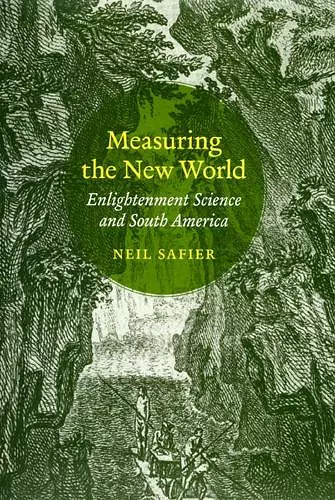Measuring the New World
Enlightenment Science and South America
Format:Hardback
Publisher:The University of Chicago Press
Published:19th Sep '08
Currently unavailable, and unfortunately no date known when it will be back

Prior to 1735, South America was largely terra incognita to many Europeans. But that year, the Paris Academy of Sciences sent a joint French and Spanish mission to the Spanish American province of Quito (in present-day Ecuador) to study the curvature of the Earth at the Equator - an expedition that would put South America on the map and in the minds of Europeans for centuries to come. Equipped with quadrants and telescopes, the mission's participants referred to the transfer of scientific knowledge from Europe to the Andes as a "sacred fire" passing mysteriously through European astronomical instruments to curious observers in South America.By looking at the social and material traces of this expedition, "Measuring the New World" examines the transatlantic flow of knowledge in reverse - from West to East. Through ephemeral monuments and geographical maps, from the Andes to the Amazon River, the book explores how the social and cultural worlds of South America contributed to the production of European scientific knowledge during the Enlightenment. Neil Safier uses the notebooks of traveling philosophers, including Charles-Marie de La Condamine and others, as well as maps and specimens from the expedition, to place this particular scientific endeavor in the larger context of early modern print culture and the emerging intellectual category of scientist as author.
"Safier paints a dazzling picture of the gathering, formatting, circulation, and negotiation of South America in the Enlightenment. Measuring the New World will be a point of reference for scholars in history, literature, cartography, and theory in the years to come." - Tom Conley, Harvard University"
ISBN: 9780226733555
Dimensions: 24mm x 16mm x 3mm
Weight: 794g
428 pages